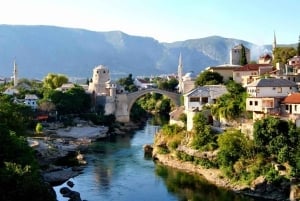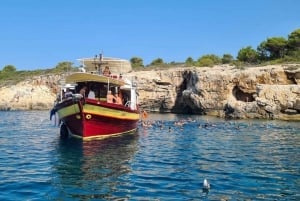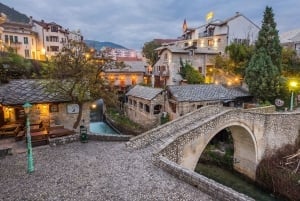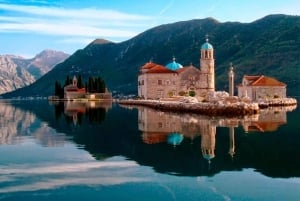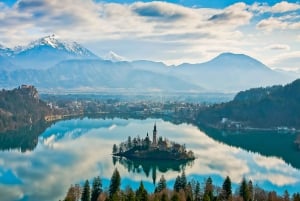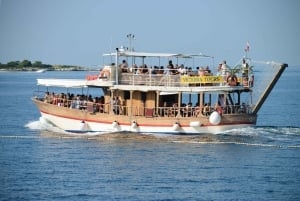UNESCO Croatia
Croatia is a country rich in natural beauty, well-preserved historical masterpieces and phenomenal architectural buildings. UNESCO has recognized 7 various cultural monuments across Croatia. The Historical Complex of Split with the Palace of Diocletian and the Old City of Dubrovnik were the first two sights recognized by UNESCO, incepted as Cultural World Heritage Sites in 1979 along with Plitvice Lakes gaining recognition as a Cultural World Heritage site also in 1979. The Starigrad Plain on the Island of Hvar gained recognition in 2008 by UNESCO as Croatia's most recent addition to the UNESCO World Heritage list. Sixteen other properties across Croatia have been submitted to UNESCO and are currently awaiting evaluation on the tentative list.
Historical Complex of Split with the Palace of Diocletian was recognized by UNESCO as a Cultural World Heritage Site in 1979. Romanesque, Gothic, Renaissance and Baroque architecture merge together combining a cultural masterpiece.
Recognized as a UNESCO Cultural World Heritage Site in 1979 is The Old City of Dubrovnik which encompasses magnificent castles, walls, churches, monasteries and fountains.
Plitvice Lakes are Croatia's largest national park, spanning across nearly 300 kilometers of forested hills, including 16 lakes and countless waterfalls recognized in 1979 as Croatia's only Natural UNESCO World Heritage Site to date.
In 1997, UNESCO recognized the Historic City of Trogir as a Cultural World Heritage Site in Croatia. Roman, Renaissance, & Baroque architecture, picturesque squares and well preserved historical buildings combine together creating an enchanting city!
The Episcopal Complex of the Euphrasia Basilica is located in the historic city of Porec, Istria. The Basilica gained inception into the UNESCO Cultural World Heritage Sites in 1997. This architectural masterpiece was built by Bishop Euphrasia in the 6th century.
The Cathedral of St.James in Sibenik gained recognition in 2000, as Croatia's 6th UNESCO World Heritage site. The construction of this magnificent cathedral took place between 1431 and 1536.
The Starigrad Plain of the beautiful island of Hvar proudly became a UNESCO World Heritage Site in 2008. The almost unchanged ancient Greek field division of olive/wine orchards is a unique phenomemnon of ancient Greek agriculture at its finest.


